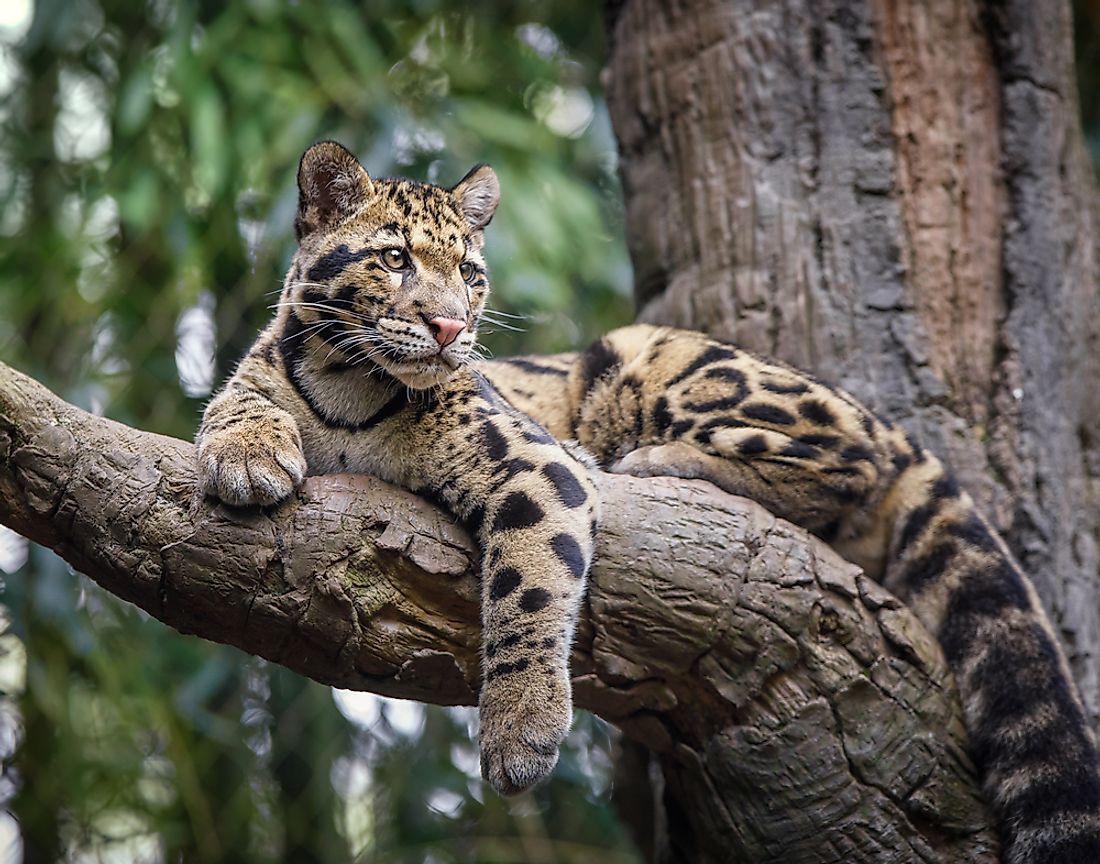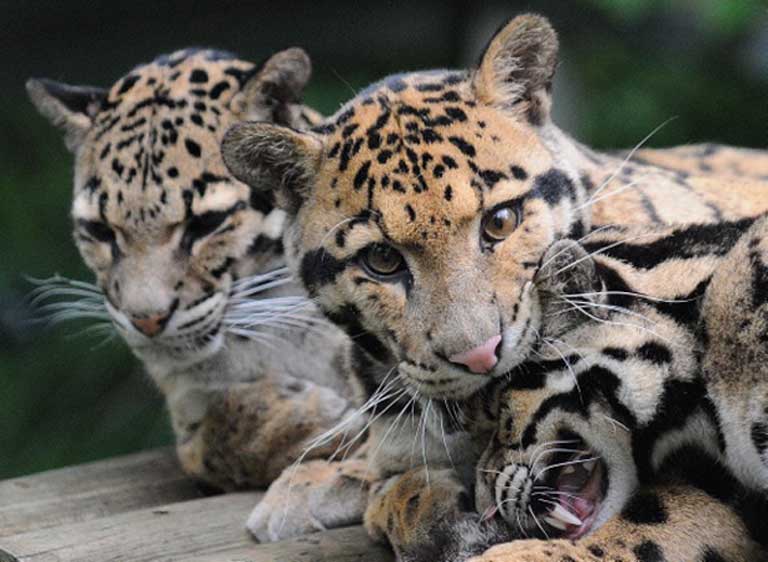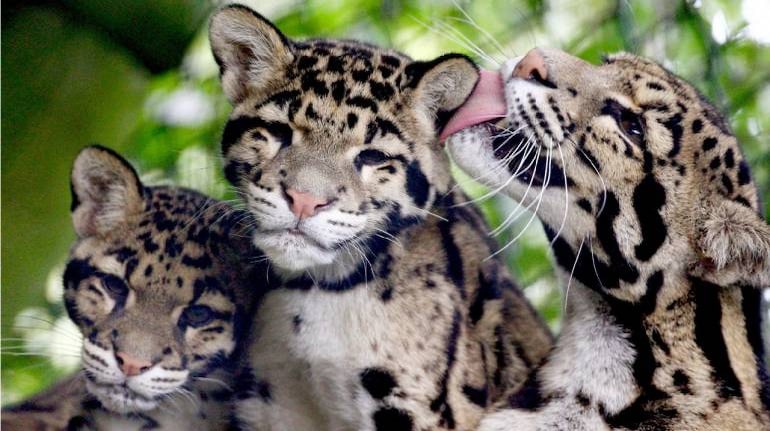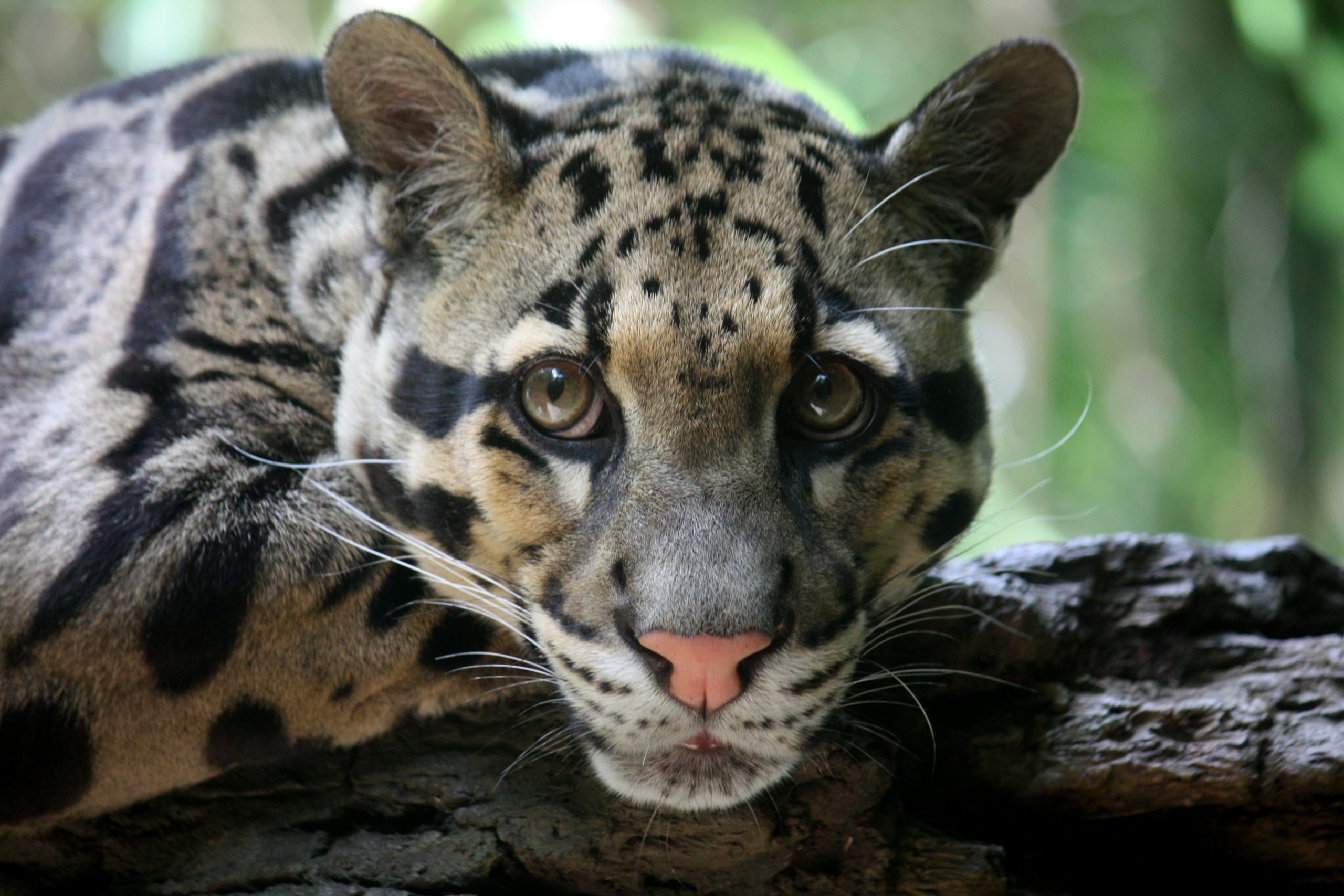
- Scientific name: Neofelis nebulosa
- Conservation status: Vulnerable (Population decreasing)
- Mass: 12 – 23 kg
- Family: Felidae
- Kingdom: Animalia
- Order: Carnivora
- Also Known As: Clouded leopard, Meghla Tiger, Meghla Cheetah, Meghla Leopard.
The Meghla Cheetah or Lam Cheetah, also known as the Fuleshwari Tiger or Gecho Tiger, is a type of cat that is found mainly in the foothills of the Himalayas. Their main distribution is in Southeast Asia and China. The IUCN has declared them critical. They number less than 10,000 and the number of adult animals in the world is less than 1,000. The tree tiger is a rare and endangered animal all over the world. Clouded leopards are named in English because they have large cloud-shaped spots on their bodies.
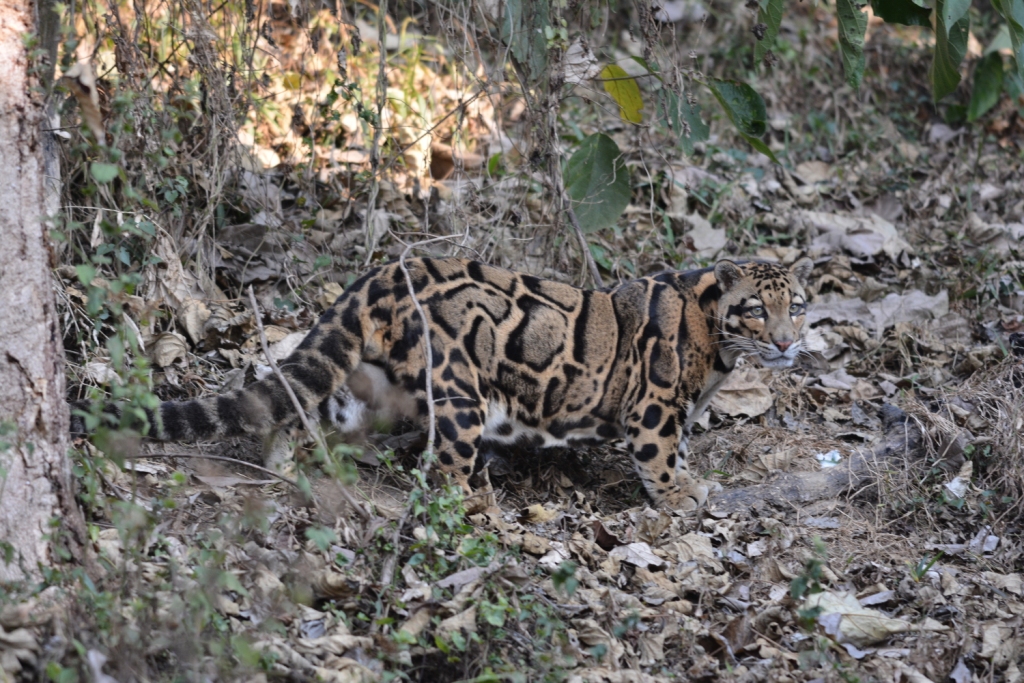
The Meghla Cheetah has dark brown oblong and round discs on the olive yellow on the back of the tiger. There are black spots on the face and abdomen; The tail has black spots or rings. Their stomachs are white. Male tigers are larger in size than female tigers. Their body length including head is 95 to 120 cm and tail is 75-75 cm. Thick and long tails help them to balance easily while walking and jumping on tree branches. Their heads are bigger than their bodies. The claws are also big. But the legs are short.
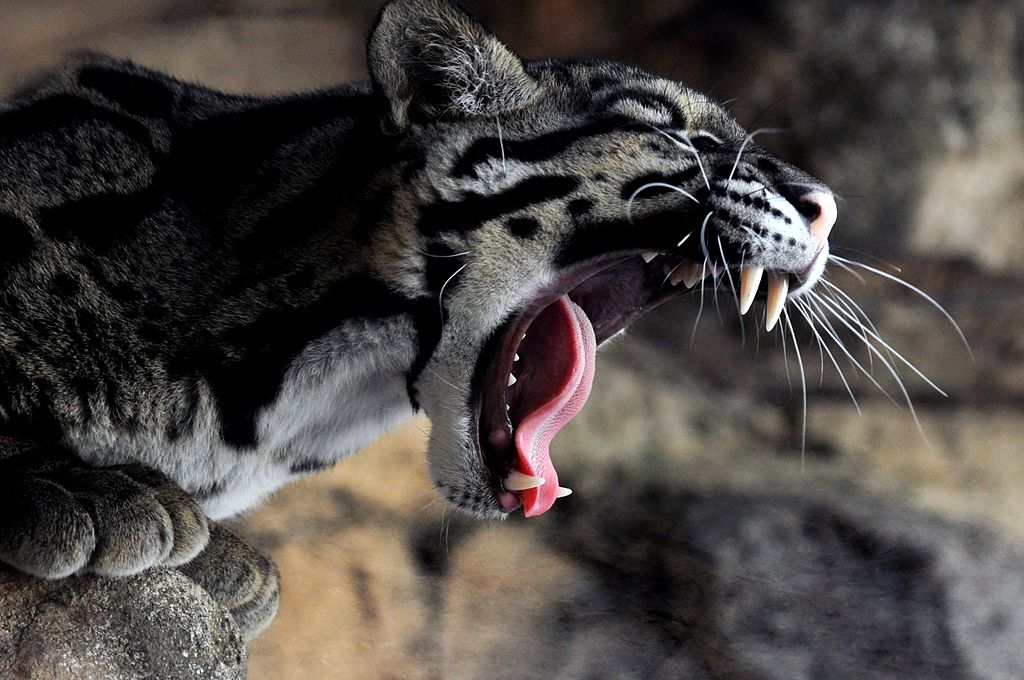
One of the characteristics of Megla tigers is their two huge teeth on the upper part of their mouths. No other Tiger species has such large teeth in proportion to the body. Because of their large claws, they can hang on to the tree with two legs that no other cat species can. When descending, the head can be lowered vertically. The body is made to climb and walk on the tree. They can swim and cut if necessary. The tree tiger is a very shy and nocturnal arboreal animal. They are usually called tree tigers because they rest on the branches of large trees. They prefer to live in deep and dense tropical evergreen forests. These are reclusive animals. Although they do not like the proximity of people, it means pets very quickly. Keeping a wild tiger in a cage for a few days’ means keeping it tame. That is why in the past so many zamindars and kings used to feed tigers. Tea garden owners in Assam also fed tigers. Not much is known about their way of life in the forest.
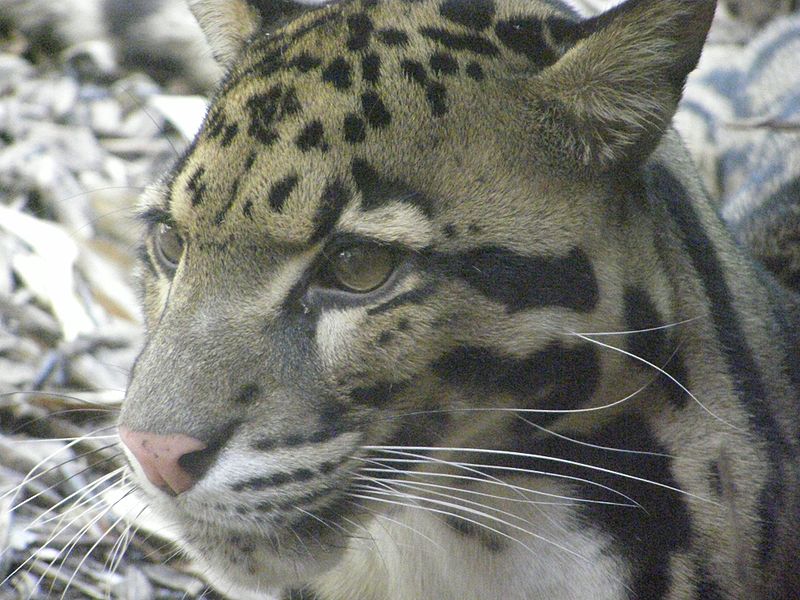
Their main food is monkeys, squirrels, rats, rats and birds roaming in the dense forest. However, wild pigs, deer and wild goats are also hunted down from the trees. They even hunt pets. They live up to 18 years as pets. 11-12 years in the wild.
Their breeding season is October-January. After 85-93 days of gestation, the female tree gives birth to 1-3 cubs in a safe place like a hollow, a cave, a mountain crack. After about 10 days, the children’s eyes open. At the age of 5 weeks, they go out with their mother. They stay with their mother till the age of 10-12 months. They are fertile at the age of two years.
They still survive in the dense and inaccessible hilly forests of the Chittagong Hill Tracts and Sylhet in Bangladesh. But that number is very low.
The Sunda Meghla Cheetah, found in Sumatra and Borneo, has been considered a separate species for genetic traits since 2006.
